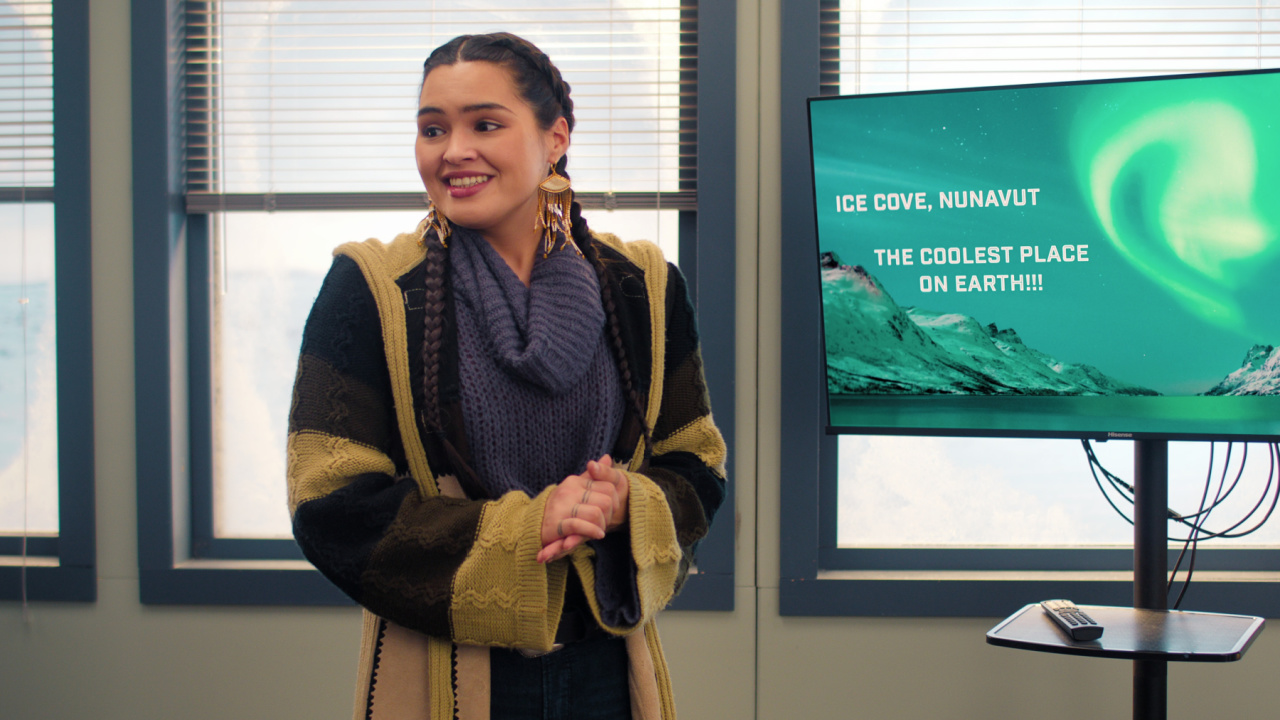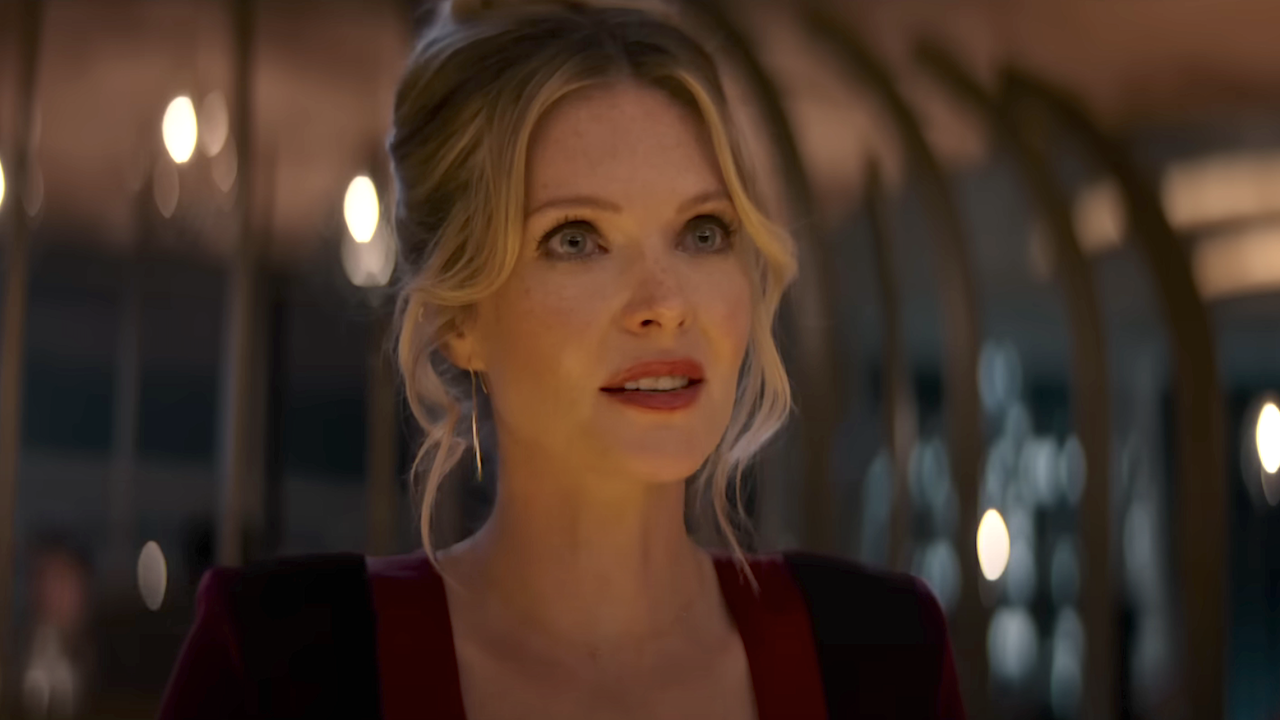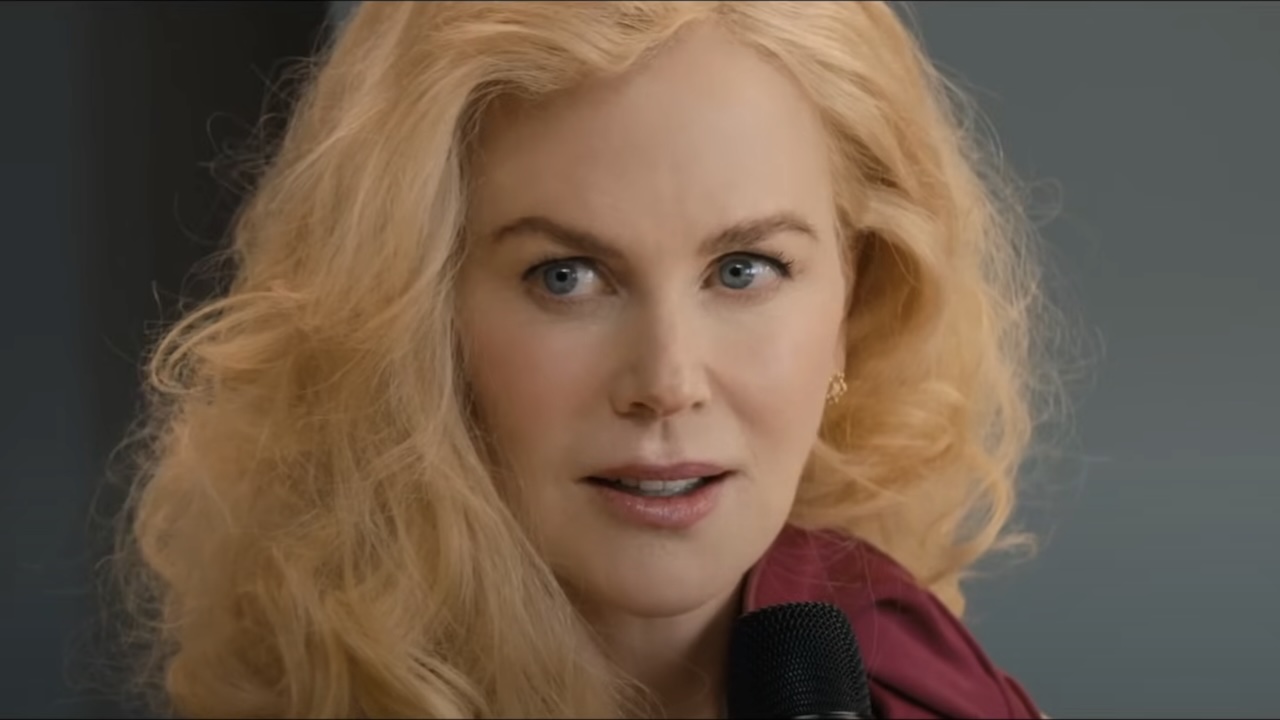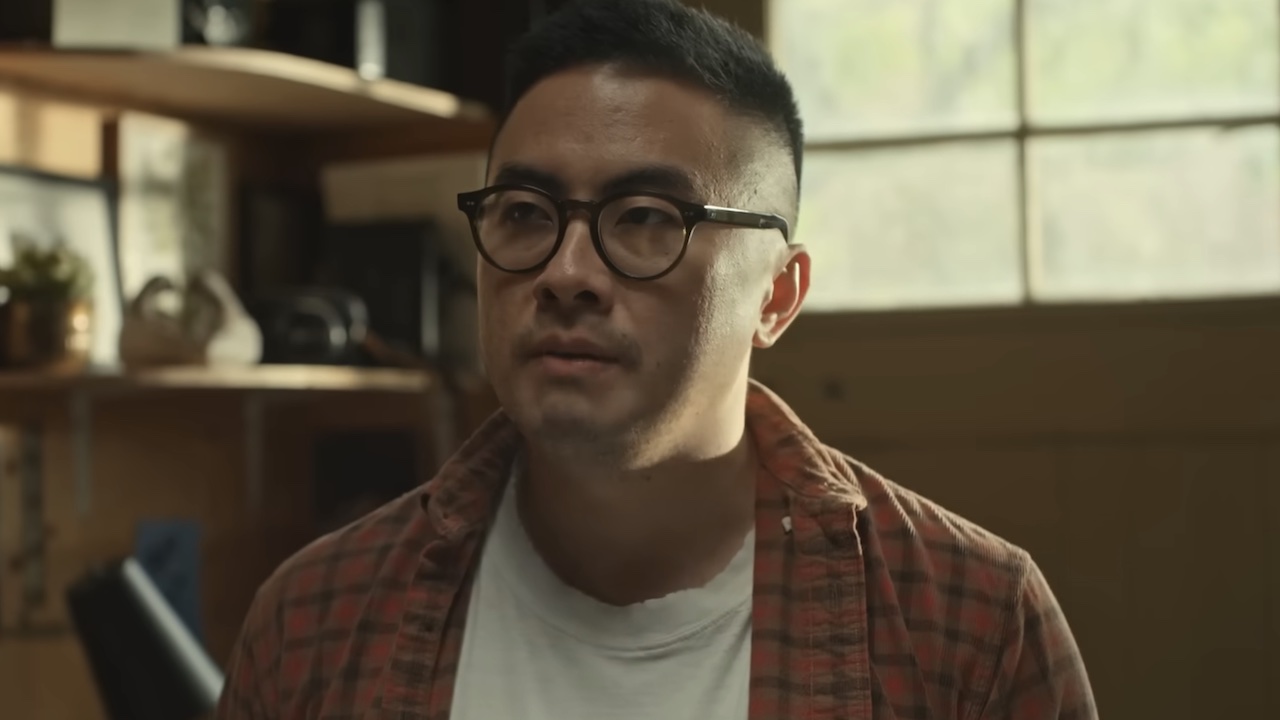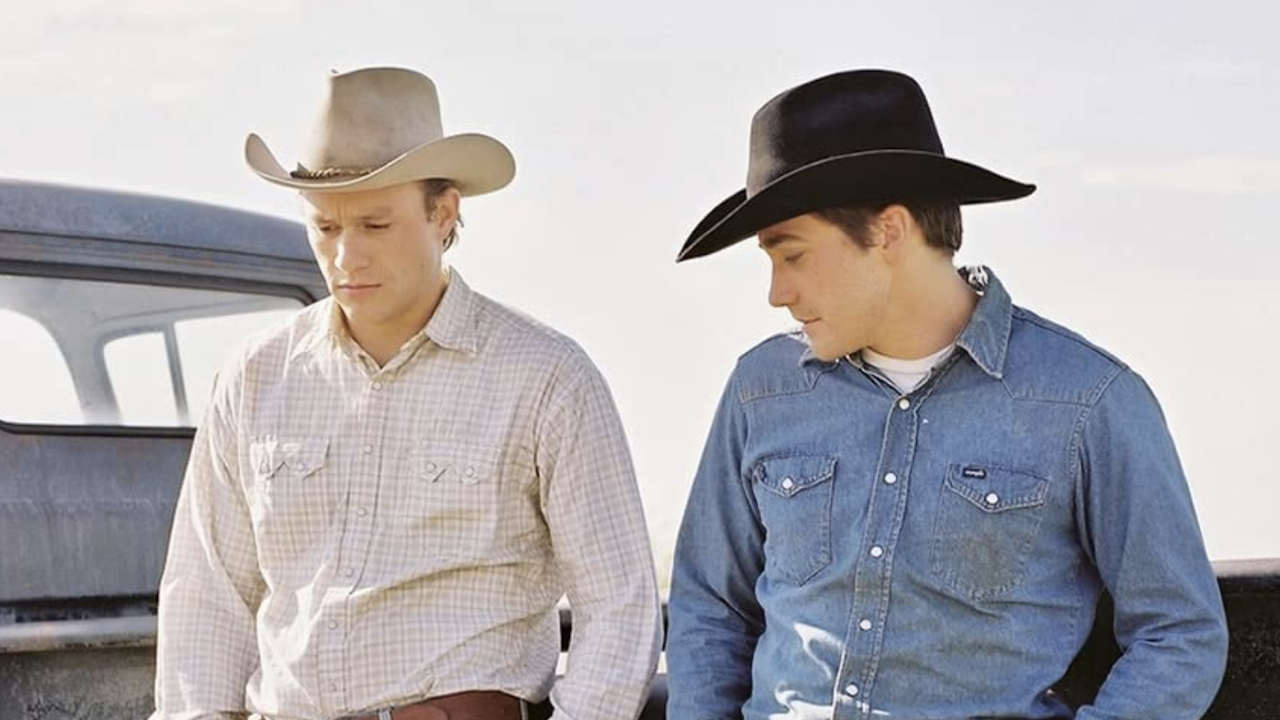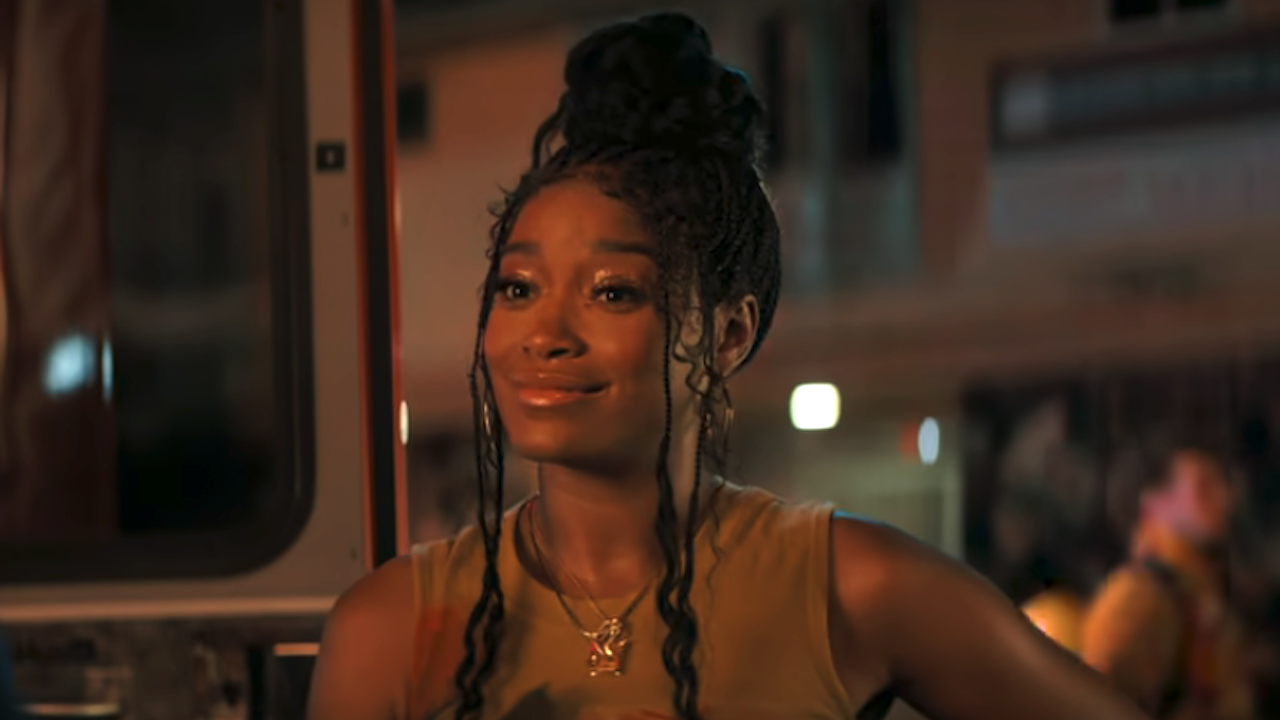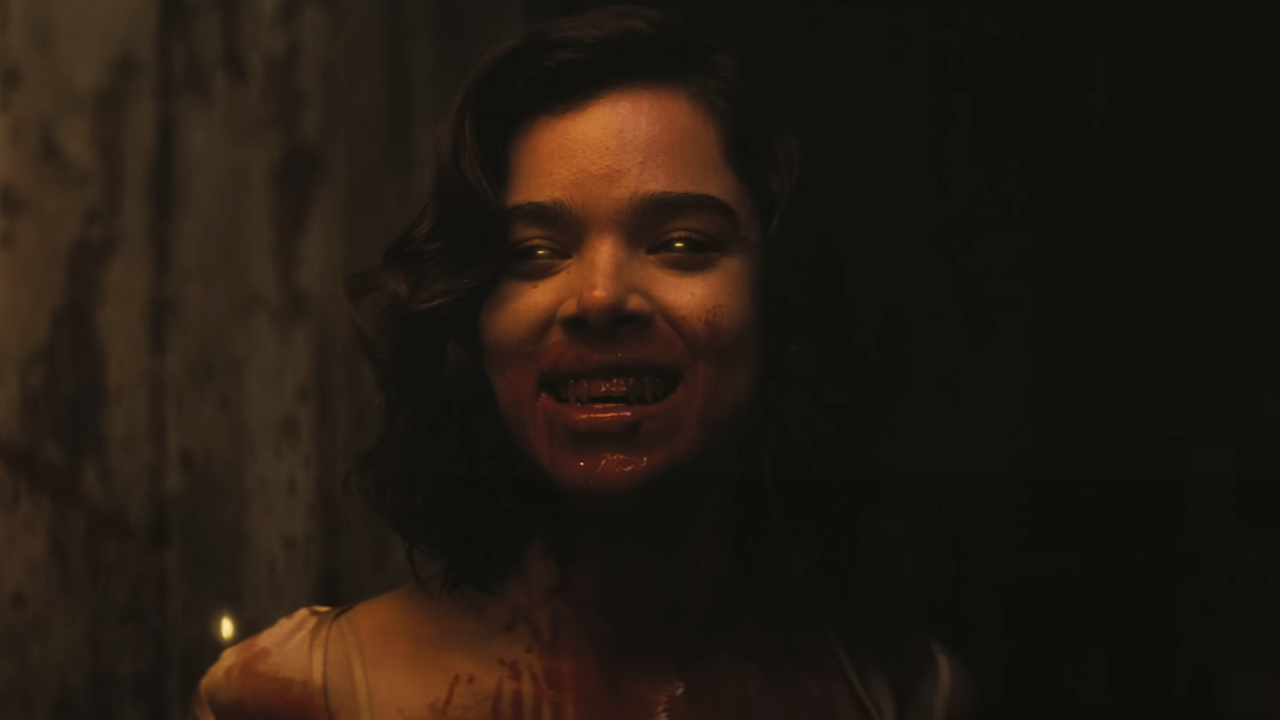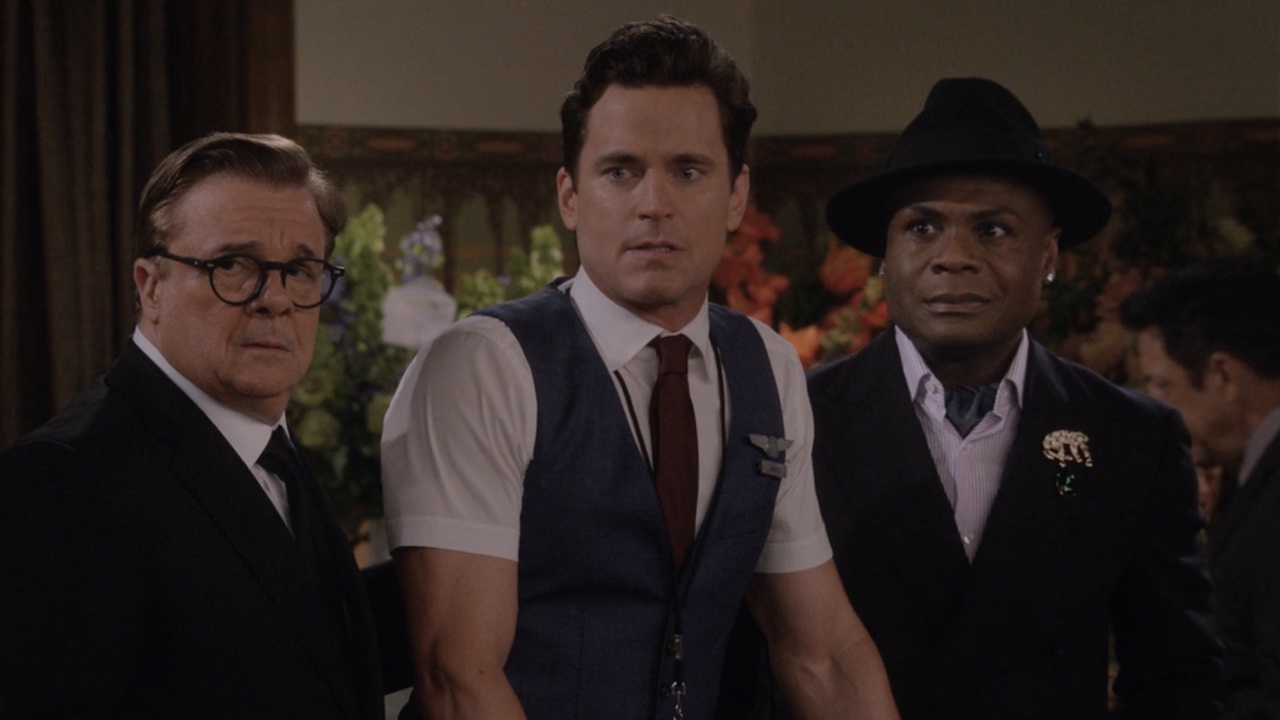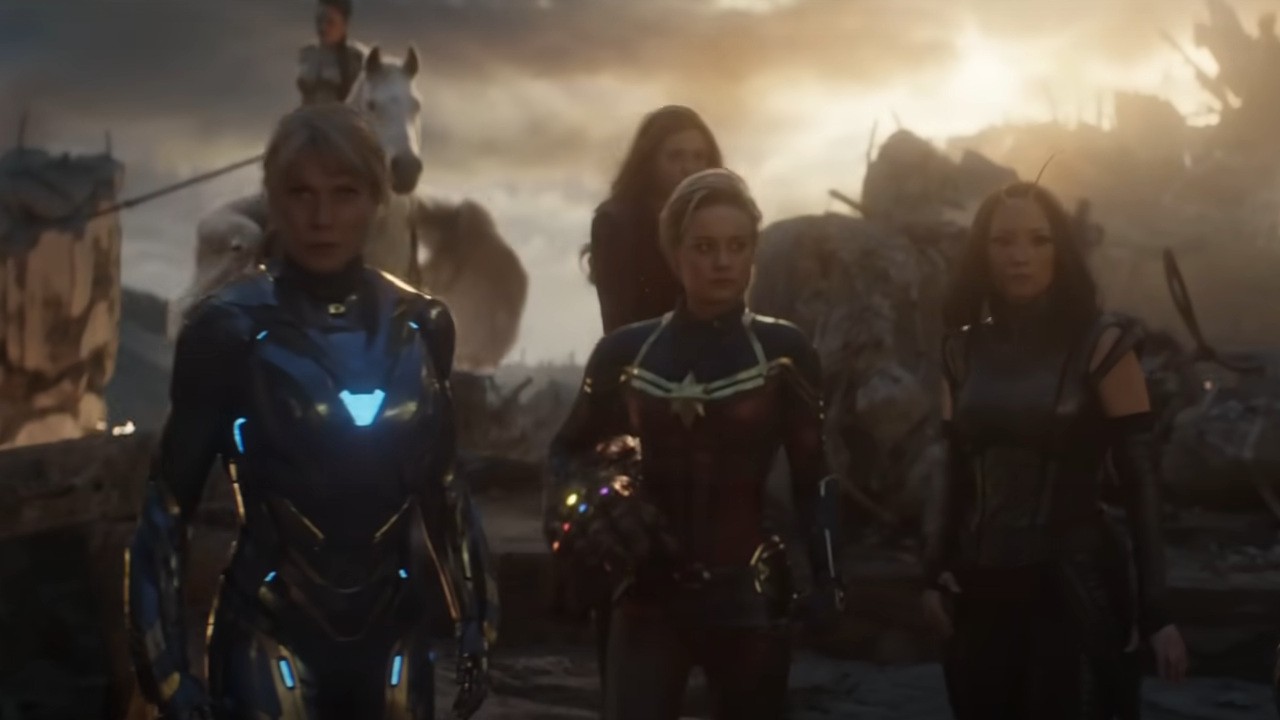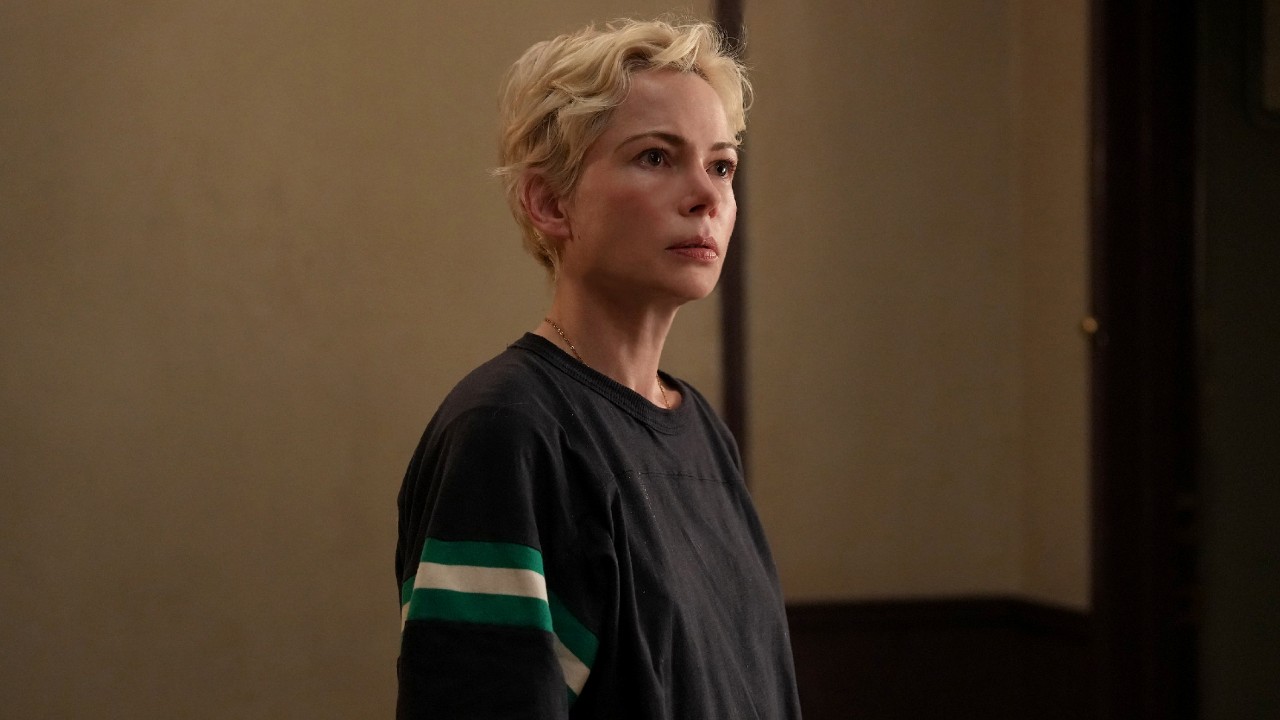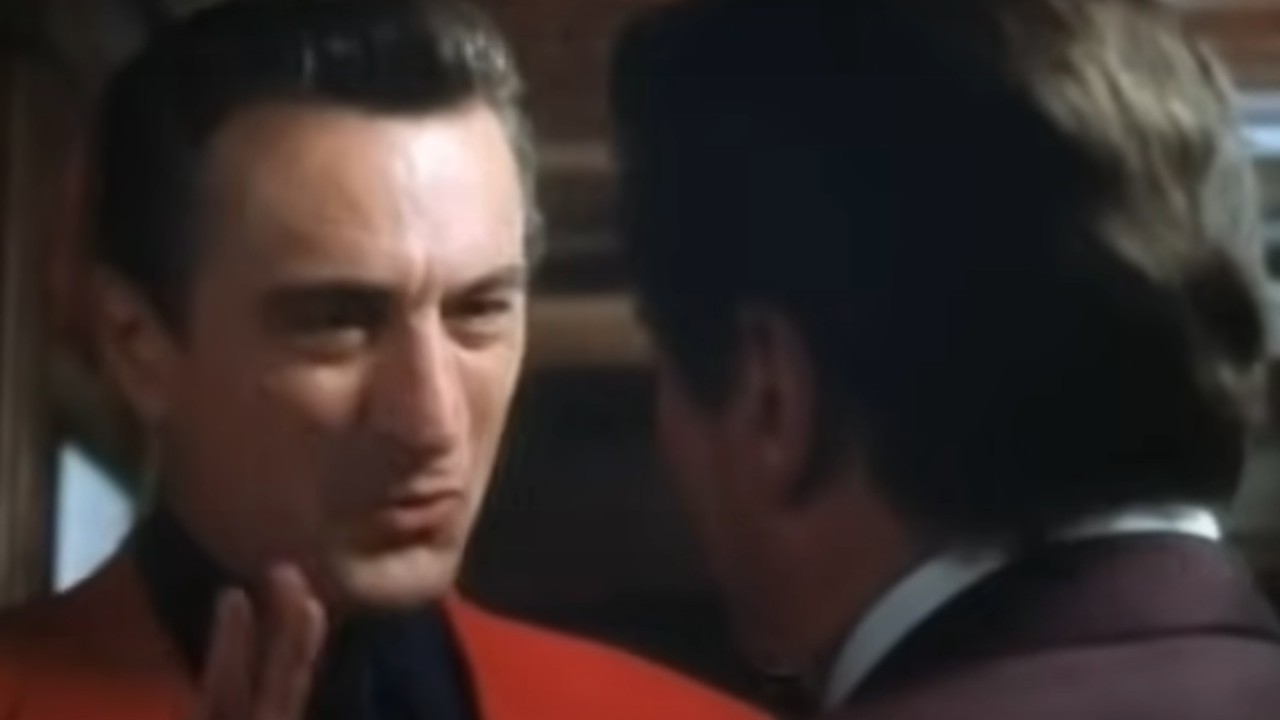The LGBTQ+ Moment That Was Almost Cut From Lightyear, And Why It Was So Important To The Film’s Story
Alisha Hawthorne's romance is actually key to the tale Lightyear is trying to tell.
Warning: spoilers for Disney/Pixar’s Lightyear are in play. If you haven’t seen the movie yet, we’ll buy you five minutes and you can head to another sector of coverage at CinemaBlend.
In the lead up to the release of the upcoming movie Lightyear, controversy surrounding Florida’s "Don’t Say Gay" spilled over into the realm of Disney. With the company’s reaction, or lack thereof, to this measure resulting in pressure, the previous decision to remove a same-sex kiss from the Disney/Pixar spinoff was reversed. Had this moment been cut from the film as initially instructed, it would have weakened one of the most important components to Lighyear’s story.
The LGBTQ+ Moment Lightyear, And How It Was Initially Changed
Sitting down with co-writer/director Angus MacLane and producer Galyn Susman, the secrets of Lightyear were up for discussion, and then some. One of the topics I was keen to bring up was the same-sex romance we see between Space Ranger Alisha Hawthorne (Uzo Aduba) and her wife Kiko. Hearing about the tweaks to this relationship set off alarm bells with some, as Disney’s supposed pattern of LGBTQ+ censorship was already being hotly discussed.
Lightyear depicts Alisha and Kiko’s romance throughout a montage that sees Buzz Lightyear returning from test flights that send him four years into the future each trip. In the span of that sequence, we see Alisha go from engaged to married with children over the course of what looks like a quick series of events to Buzz. One of those milestones is Alisha and Kiko’s 40th anniversary party, where we actually see the couple share a kiss.
That moment was the key pivot where the changes were going to take place, with Galyn Susman and Angus MacLane telling CinemaBlend about what the edited version would have looked like:
"Galyn Susman: The whole montage was in there. The only thing that changed was the 40th anniversary party. Instead of [the kiss,]...
Angus MacLane: …they kind of held hands awkwardly.
Susman: No, [Alisha] put her head on [Kiko’s] shoulder.
MacLane: No, it was just like a grab. It was like a grab. And like a, no, she tilted. I don’t know if it was on the shoulder."
A 40th wedding anniversary should be a cause for celebration, no matter who you are. Unless things are that strained between the couple in question, a kiss is the smallest show of affection a person can give during such a party. To see Lightyear merely show Alisha Hawthorne putting her head on Kiko’s shoulder would have been awkward, especially after the stories of LGBTQ+ censorship allegedly cancelling the almost completed film Nimona, which is now being finished as a Netflix original.
Galyn Susman and Angus MacLane couldn’t have agreed more, as their further remarks on the subject restated the awkwardness of what that would have looked like. Having seen the film myself, the kiss that’s in the film is a brief and simple moment of love between Alisha and Kiko, on a very special day in the Lightyear timeline. It’s amounts to a scene that’s only slightly more straightforward in its depiction than the same-sex couple in Disney/Pixar’s Onward, a moment that was eventually censored in the Russian release.
While the focus is still very much on Buzz and his “man out of time” mission, watching the progression of his best friend’s life feels like a scene that’s reminiscent to the beginning of Up. The end result is the reason why changing Alisha Hawthorne’s story in Lightyear would have been a disservice to the film at large.
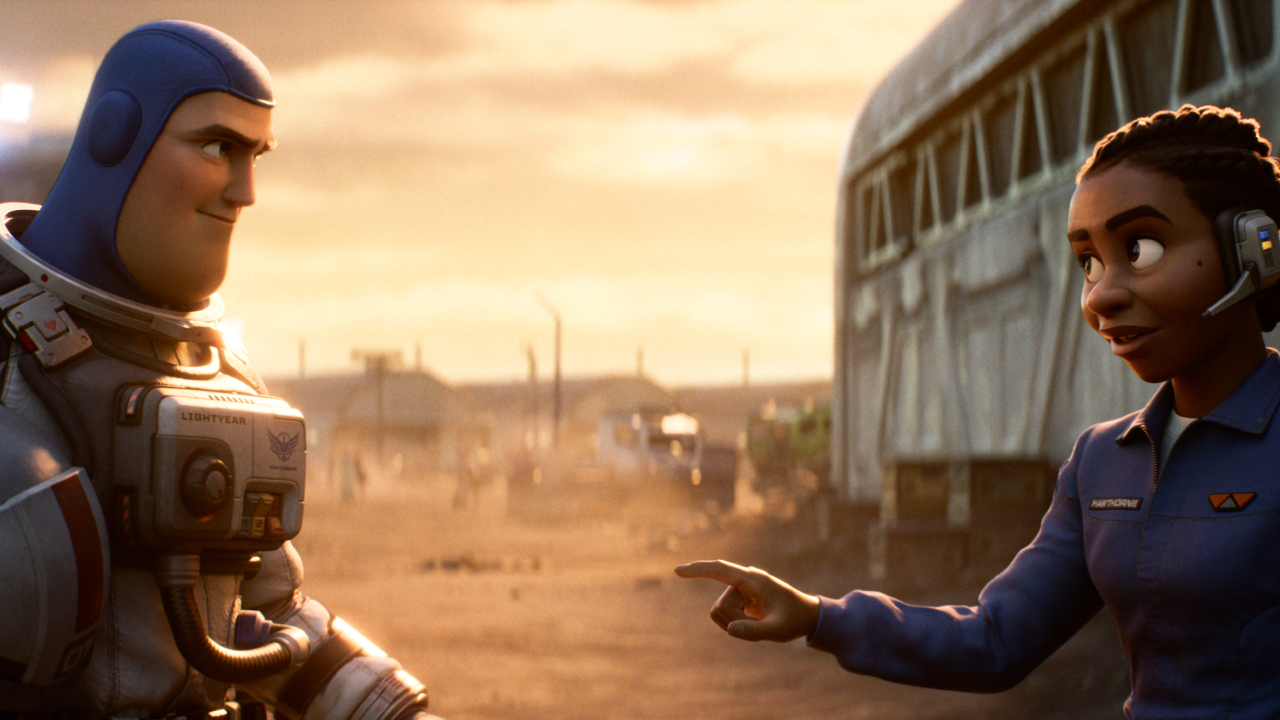
Why Alisha Hawthorne’s Story Is So Important To Lightyear
It cannot be stated enough that Alisha Hawthorne’s legacy is a crucial piece to the story of Lightyear. As one of the last OG Space Rangers, Uzo Aduba’s character rises through the ranks, confident her best friend will complete the mission. That friendship lands the most emotional punch in the film’s arsenal, as one day Buzz Lightyear returns to see that Alisha has passed on. With one final holographic message as a goodbye, Buzz’s tether to life on Tikana Prime has officially been severed.
This is important later in the film, as when Buzz fights against Zurg’s evil plan, Alisha’s legacy is put on the line. Our hero has to make a huge choice to either correct his own supposed mistakes, or to accept where fate has lead him and his best friend. Lightyear’s emotional arc could have still worked without Alisha and Kiko’s kiss, but it would have had a huge asterisk looming over its outcome.
Not to mention, seeing Buzz Lightyear acknowledge Alisha’s sexual orientation right off the bat is another move towards better representation in Disney/Pixar movies. Much like Saudi Arabia did with Doctor Strange in the Multiverse of Madness, individual countries have banned Lightyear for including this brief, but touching moment. While it’s lightyears from where the company could be, hearing how both Galyn Susman and Angus MacLane valued Alisha Hawthorne’s truth being depicted shows that those changes are still ongoing.
Lightyear is currently showing in theaters, expanding the Toy Story legacy one step closer to infinity and beyond. For those of you looking to relive those glory days, before or after seeing the “real” Buzz Lightyear in action, you can stream almost the entire franchise as a Disney+ subscriber.
CINEMABLEND NEWSLETTER
Your Daily Blend of Entertainment News

Mike Reyes is the Senior Movie Contributor at CinemaBlend, though that title’s more of a guideline really. Passionate about entertainment since grade school, the movies have always held a special place in his life, which explains his current occupation. Mike graduated from Drew University with a Bachelor’s Degree in Political Science, but swore off of running for public office a long time ago. Mike's expertise ranges from James Bond to everything Alita, making for a brilliantly eclectic resume. He fights for the user.
'I Want To Leave It That Way.' There's Been Speculation About Diego Luna Wanting To Leave Andor After Season 2, But How Does He Feel About The Show Ending?
The Story Behind How Seth Rogen Got Several Directors To Play Themselves On The Studio (Ron Howard’s Thoughts About His ‘A–hole’ Appearance Are A+)
